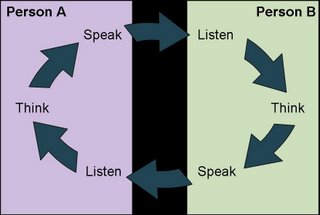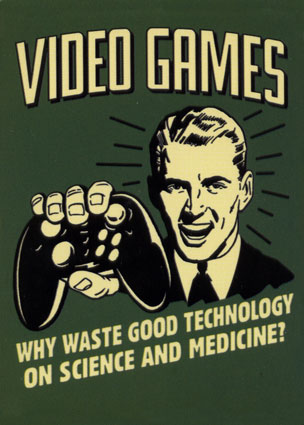Mobile technology has become a necessary and a crucial part of our everyday lives. Mobile phones are fundamental to keeping schedules, maintaining a social life and are an essential part of business. It is now possible that with a touch of a button we are able to communicate with someone across the other side of the world. Individuals are so reliant on mobiles, that many feel completely lost without one.
An international survey conducted by Synovate in 2009 found that most individuals would rather lose their wallet than their cell phone. A UK study additionally discovered that women would be more distressed about loosing their mobile phone than losing their vehicle. This raises questions as to how previous generations affectively conversed without any form of cellular communication technology.
It is imperative for PR practitioners to constantly communicate and mobile makes conversing that much more accessible. 3G mobile is extremely useful for updating social media sights, responding to emails and rescheduling appointments when absent from a computer. When studying behaviour, it is also clear that using mobile technology could be the most affective way to reach a client.
For example, PR Log illustrates how a basic PR press release can be easily submitted and distributed utilizing digital communication online.
Online Press Release Submission |
|
Press Release Distribution |
|
Mobile technology is advancing quicker than ever. The 1980’s saw the first generation of mobile technology and the second in the 1990’s. We are now in the age of 3G technology with 4G creeping up on us. Author Jason Trandle comments “The advent of 4G wireless will see those media functions expanded upon and improved upon to an unprecedented degree. People will be able to use functions like video calling and video conferencing in perfect quality, and will be able to do it from anywhere with connectivity and coverage.” Forth generation technology is considered to be the 'fastest mobile communication method without cables'. It is predicted to transform how people communicate and interact with mobile.
Japan have advanced mobile technology to such an extent that it is rapidly overriding the internet phenomena. Many predicted that Japanese mobile technology is four years ahead of that in the UK.
Terrence O'Brien describes the mobile invention of QR Codes as ‘barcodes on steroids.’ O’Brien comments,
on an article concerning BlackBerry 101, “QR codes are used for encoding information in two-dimensional space -- like in the pages of magazines, in advertisements and even on TV and Web sites. They were originally used to track auto parts, but have become popular (especially in Japan) for much broader, often commercial purposes.”
According to Mobile Media Japan (2011), “Almost 10% of all Japan's mobile users (9.8m) used their mobile wallets in December 2010; 7.6m Japanese paid for products on their phones at retail or convenience stores, while 3.2m used their mobile wallets at vending machines in December. Other popular venues for making mobile payments include public transport (2.7m people), grocery stores (2.6m) and restaurants (1.5m).”
Verganti (2010) argues that radical innovation (such as that of third generation technology) is one of the major sources of long term advantages on competitive advantage.
Restrictions to Mobile Use
Numerous jurisdictions prohibit the use of cell phones while driving due to distraction. Whilst many countries such as the UK and America disallow the use of hand held mobiles whilst operating a vehicle, Israel, Portugal Singapore and Egypt also banned hands-free technology. The common practise in mainstream schooling is to prohibit the use of mobile phones especially during teaching periods. Mobile phones are also thought to cause serious health problems such as cancer and electromagnetic pollution.
Complications for the PR Industry
Although fantastic for promotion and campaigns in Japan, complications and challenges can arise when developing and implimenting PR strategies because of the large cultural devision in mobile technology. This has also resulted in a number of print publications resorting to taking content and opomising it for mobile use.
Complications for the PR Industry
Although fantastic for promotion and campaigns in Japan, complications and challenges can arise when developing and implimenting PR strategies because of the large cultural devision in mobile technology. This has also resulted in a number of print publications resorting to taking content and opomising it for mobile use.






